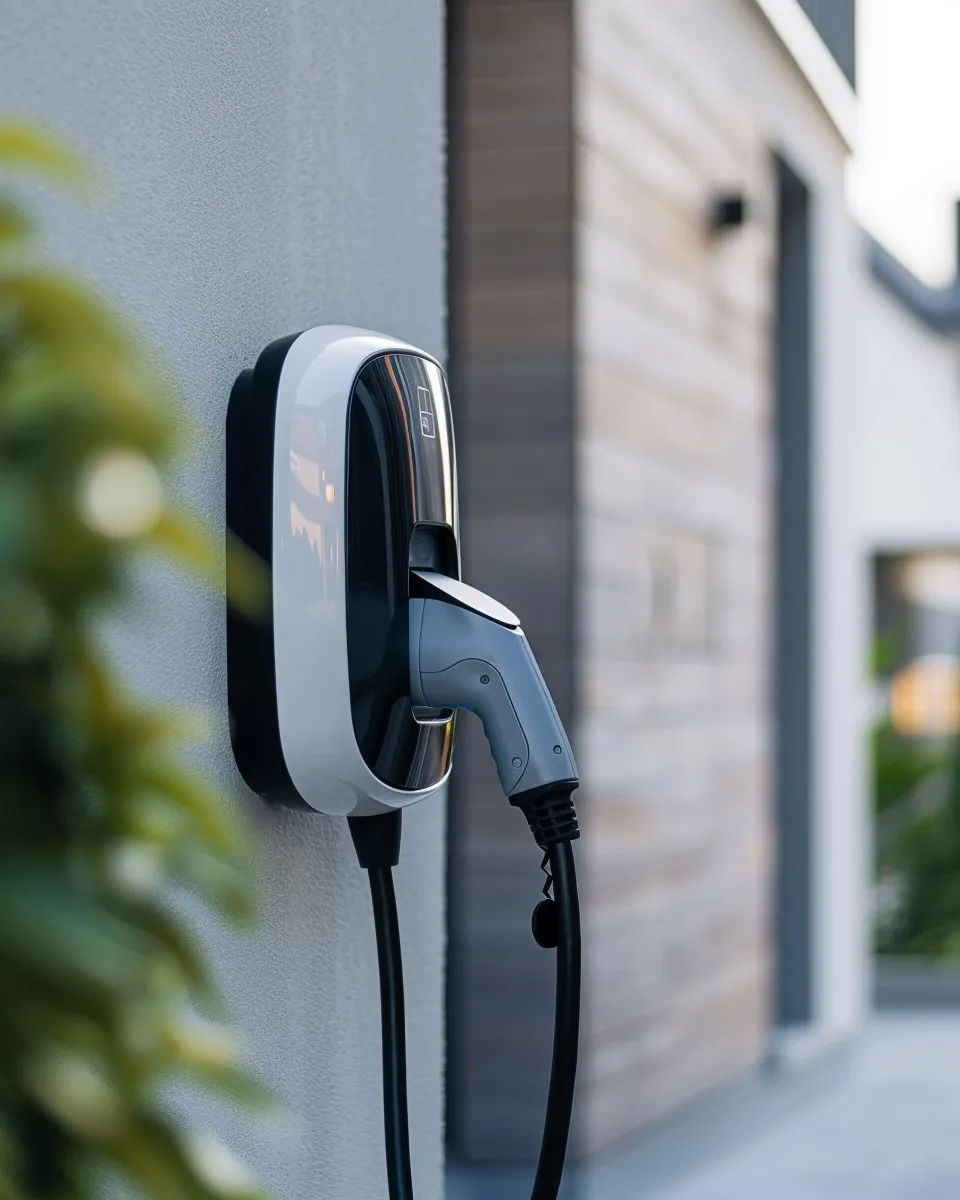Expansion forecast, yield and load simulation
What energy do we want to use when and where? This is a complex question that energy suppliers, municipal utilities, distribution network operators and their partners in particular are asking themselves to meet the immense challenges of the future. Local authorities also have a duty to get a clear picture of the impact of the reduction of natural gas for heating of houses and buildings.

Data analysis and visualisation for future investments
Our tools and data are used to calculate and visualize possible power grid planning. Data on loads such as household consumption, mobility and heat as well as yields from photovoltaic systems are generated and displayed. In addition to the yield and load simulation, we provide an outlook on possible expansion. We show how acceptance for the installation of heat pumps is developing in the respective district or street section. The result is a reliable forecast based on "load minus yield", which provides precise data to support the crucial discussion about investments in the future.
How the expansion forecast works
The expansion forecast analyses how many charging stations, heat pumps or PV systems are expected to be installed in an area, i.e. how many may be purchased in the period under review. Current technical trends, such as the expansion of charging stations and heat pumps, are taken into account.

Charging stations
Performance of the fast charging stations
Number of e-cars per house connection (degree of motorization)
Distribution according to affinity
Locations at shopping centers, filling stations, etc
If necessary, prioritization of (partially) public e-charging stations in areas with poorer opportunities for private e-charging stations (e.g. in city centers)
Heat pumps
Building data (building cubature/simplified volume, living space, year of construction, renovation status)
Distribution according to affinity
Based on this data, the heating requirement and the heat pump output required for each building can be forecast individually


Solar potential
The solar potential including irradiation analysis can be calculated for almost every building in Germany. Depending on the scenario, different assumptions are made regarding system size and system output.
Depending on the scenario, different calculation parameters can be defined (current and advancing module technology, power losses, type of mounting for flat roof systems) as well as the size of the PV system (maximum or based on the building's electricity requirements)
Socio-economic data is used for the expansion forecasts, which should provide an insight into the probability of purchasing electric cars, heat pumps and solar systems. This should provide insights into the possible distribution of the new decentralized loads and feeders.
The probabilities must then be converted into actual expansion figures. To this end, expansion scenarios for the development of electromobility, heat pumps and solar roof systems are defined for scaling in agreement with the client. Such future scenarios can be developed up to 2050, for example on the basis of national expansion targets.
The scaling and corresponding evaluation can be carried out annually or, for example, at 5-year intervals. Interpolation between base years is carried out in order to supplement information in the forecasts for missing years.
Load forecast
The future electricity demand per building is then simulated to the hour based on a previously carried out expansion forecast or other data.
This data can then be aggregated by area as required
Either data transmitted to us or standard load profiles are used for the household/commercial demand
Yield forecast
Based on our solar potential data (and possibly an expansion forecast), a yield forecast (electricity yield of PV systems) can also be carried out
Based on the roof information (size, inclination, orientation, irradiation), it is possible to determine maximum system sizes precisely. Furthermore, the peak generation (at which hour is the most generated) can be determined to the hour if required
Calculation bases for this can be set individually (e.g. system loss, module type, type of flat roof mounting, etc.)
Talk To Us!
Contact us if we can use our data expertise to help you answer these complex questions. Make an appointment so that we can better understand your tasks.
You are welcome to send us an e-mail for a detailed description of the analysis procedure. We will then be happy to send you a download link.

Discover more products
Get in touch for a greener future
Do you have questions about our products, want to explore partnership opportunities or simply learn more about how enwarp can support your renewable energy initiatives? Our team of experts is ready to support you every step of the way.










